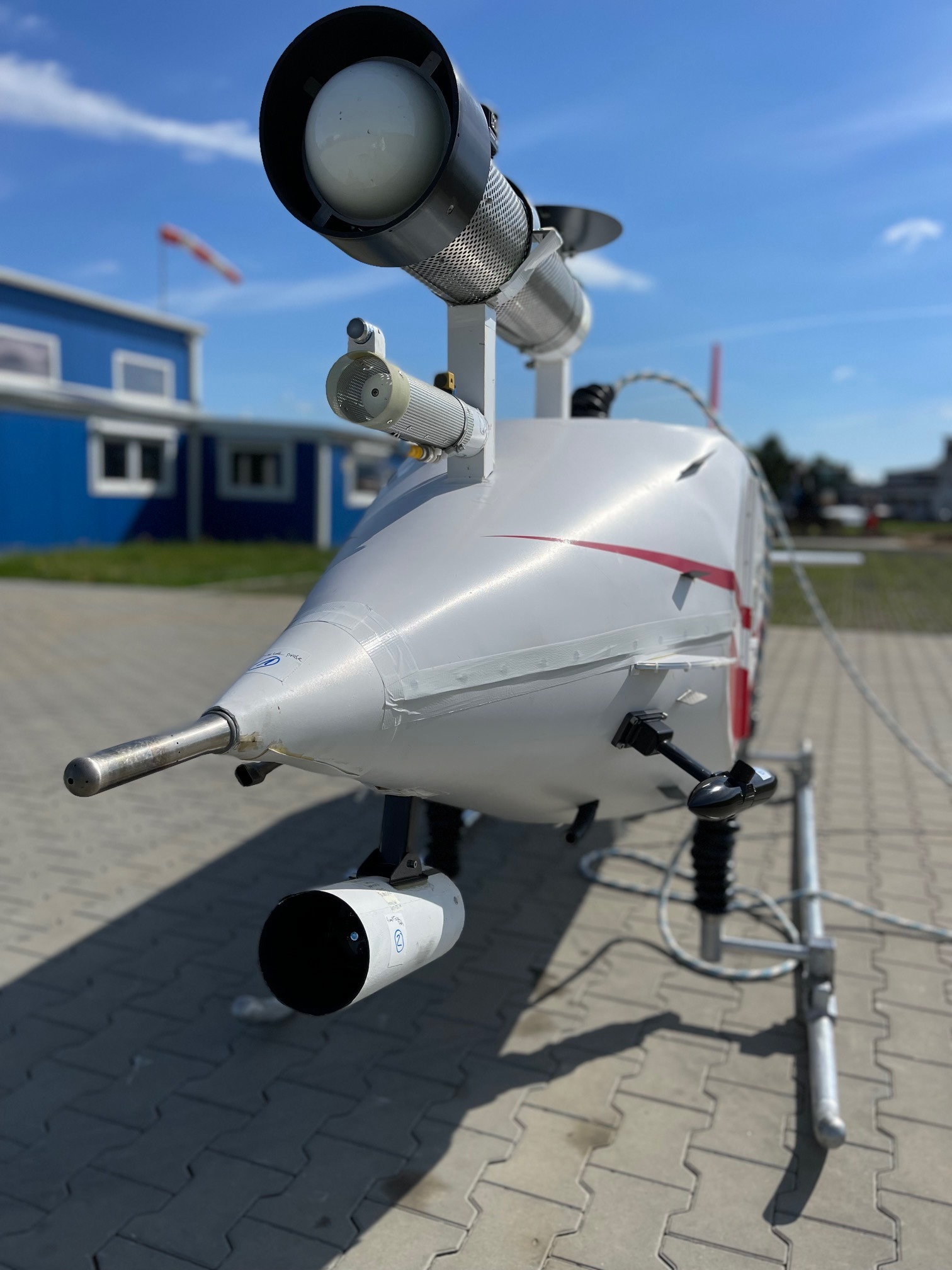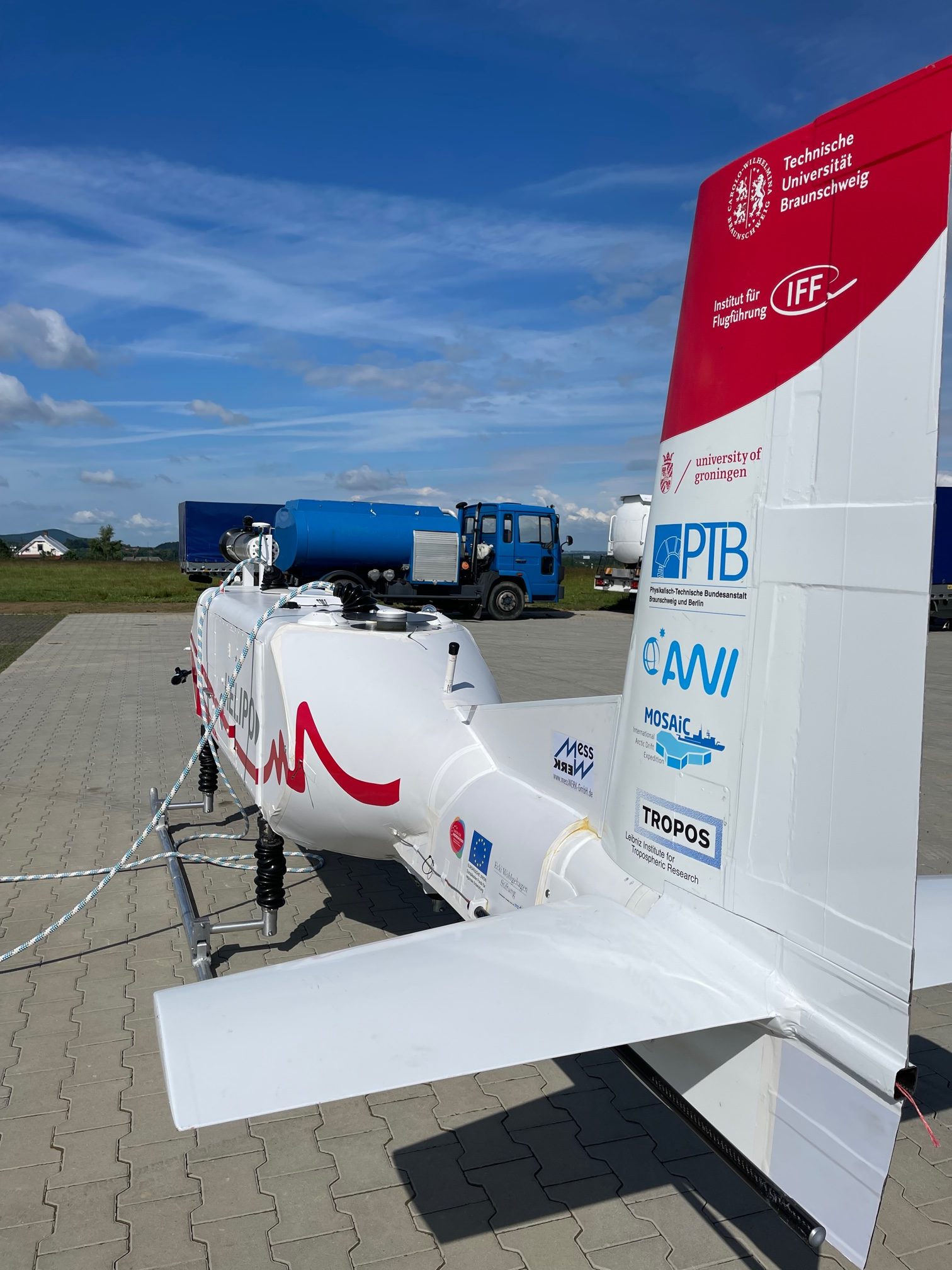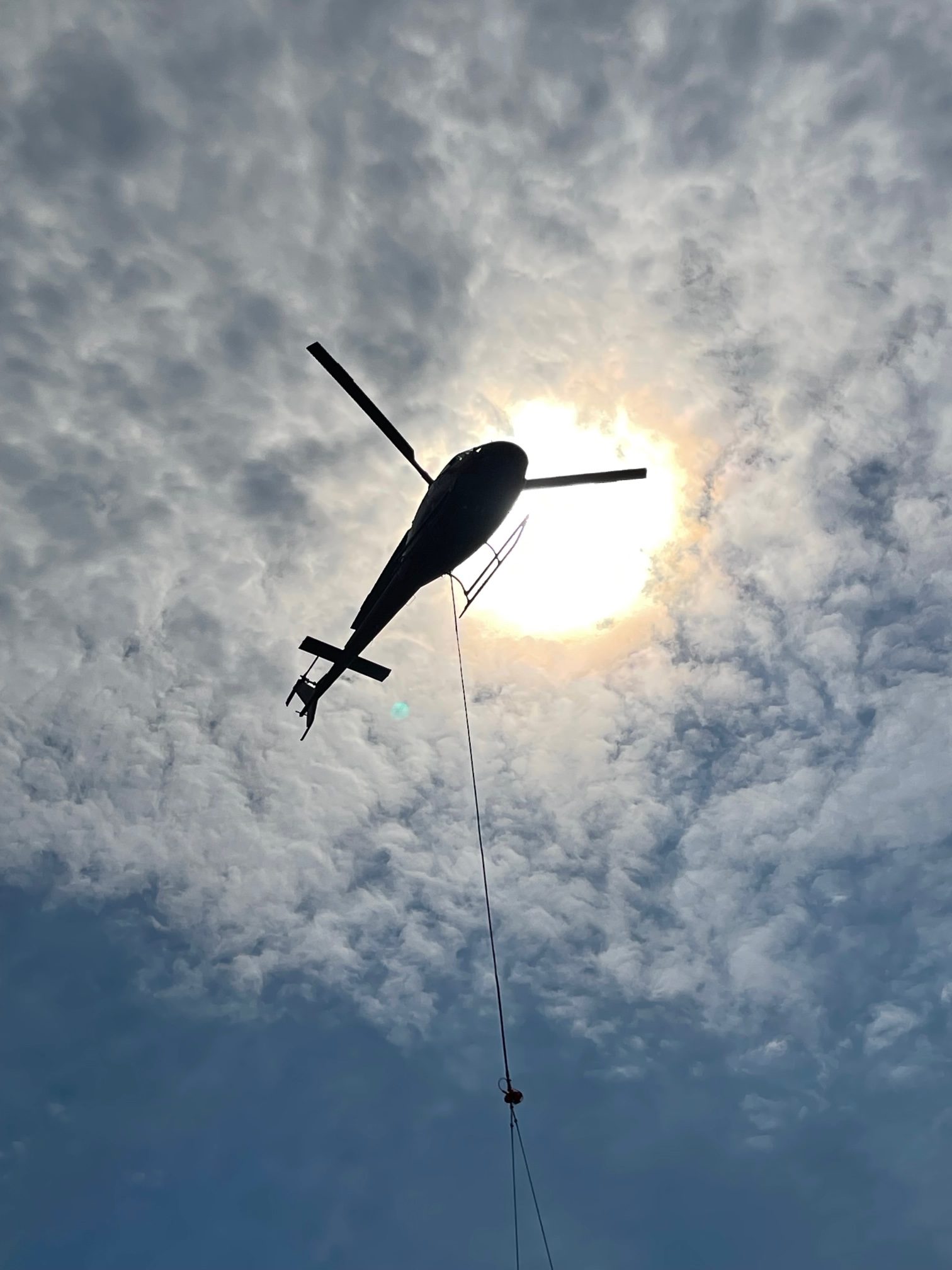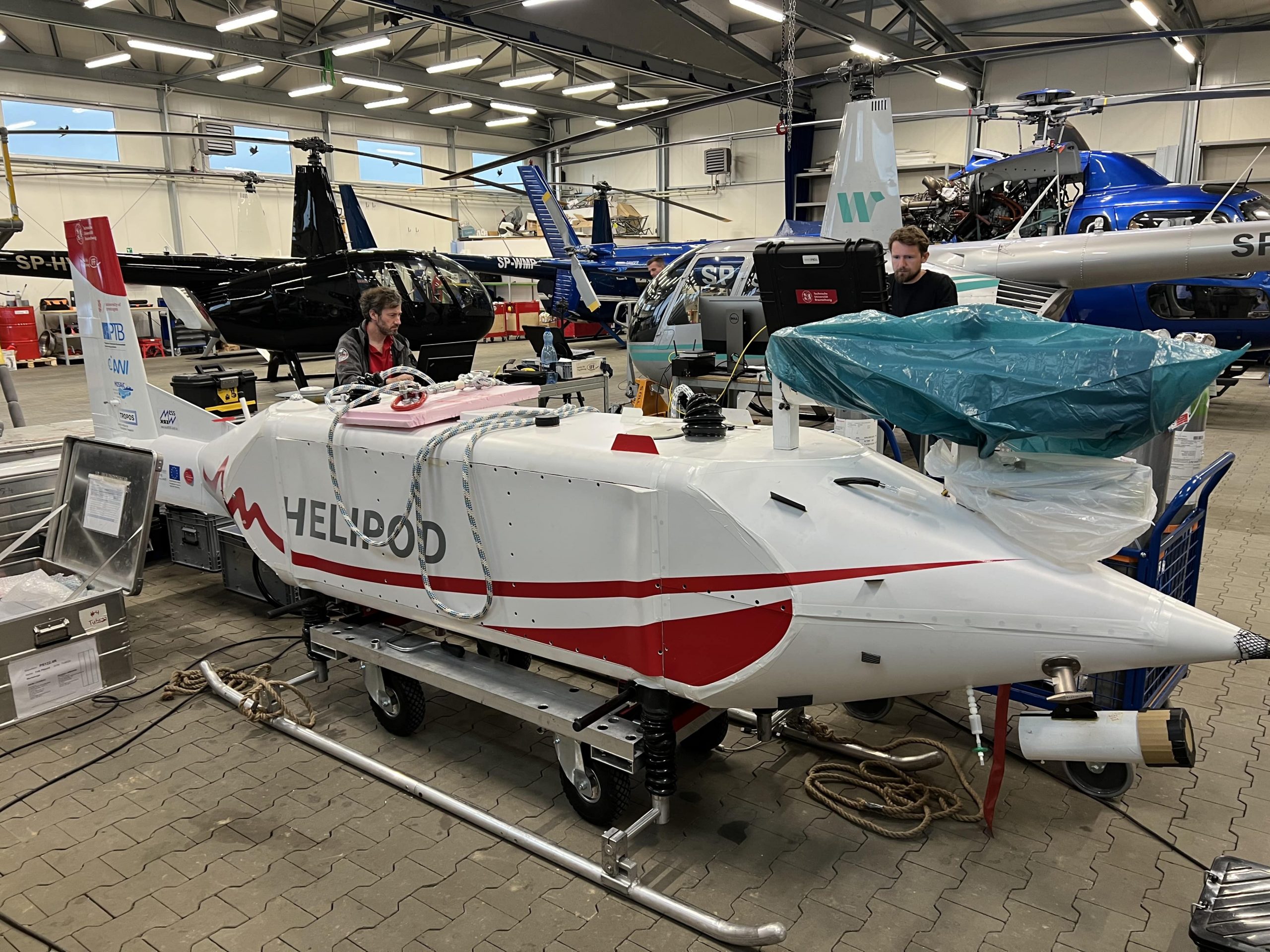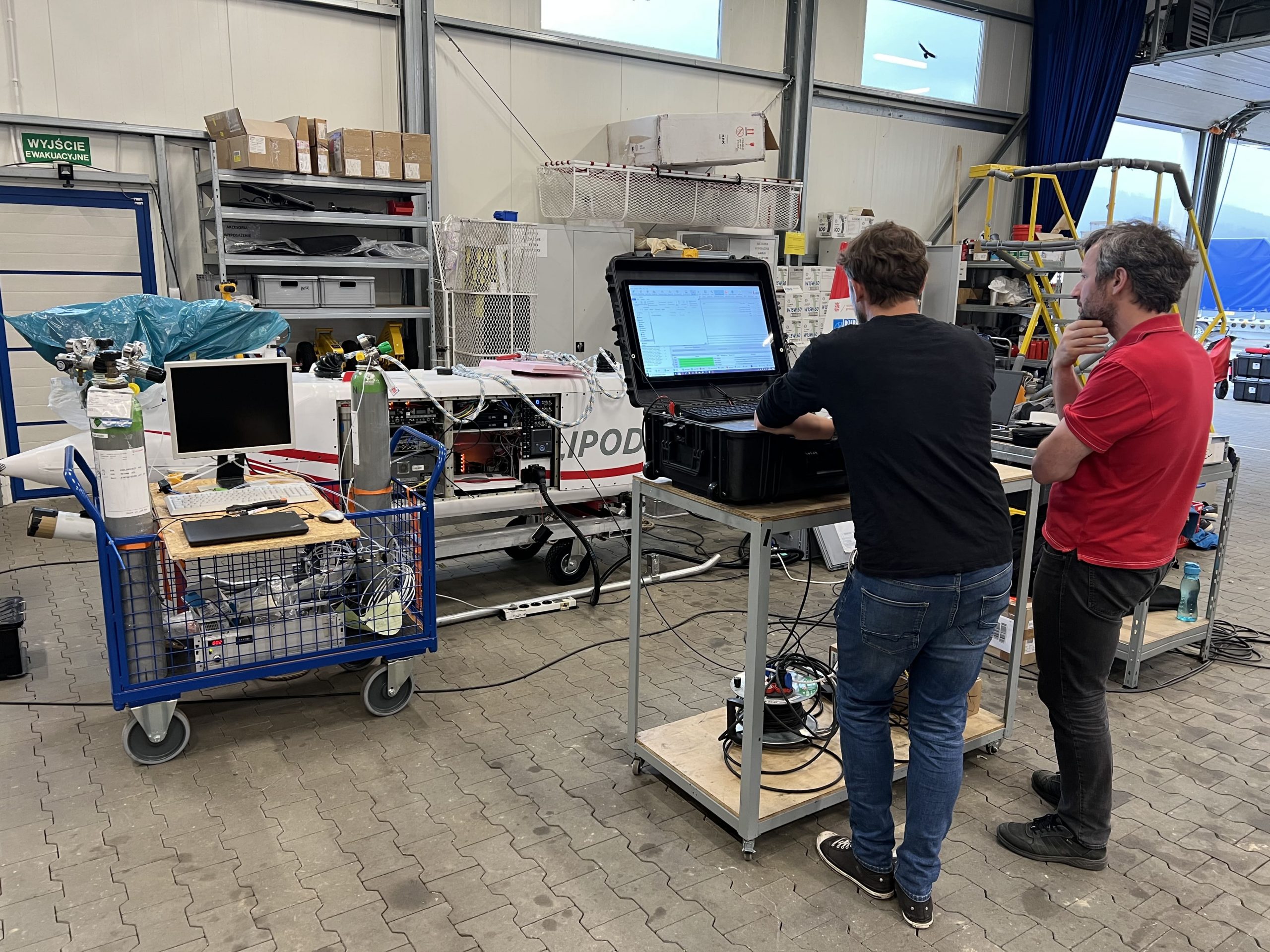Research flights with the load suspended under the helicopter (HELiPOD probe) to improve satellite measurements of the state of the atmosphere
In June 2022, an international team of scientists who have been carrying out atmospheric research for many years (recently mainly in the Arctic), visited Bielsko-Biała for the first time, in cooperation with the Polish company Helipoland, preferably specialized in the provision of air services using helicopters, to perform measurement flights in the area of Silesia. The mission, overseen by UNEP (United Nations Environment Program) and DLR (German Aerospace Research Center), is to provide data that will, inter alia, help in the calibration of ESA and NASA satellites.
This time the Helipoland helicopter did not transport loads suspended from under the helicopter from place to place, nor was it used for lifting work, but for strictly scientific tasks. The mission was to fly at low altitudes to test the amount of methane as well as other gases and aerosols using the specialized HELiPOD probe. These studies are aimed at collecting as much data as possible at different altitudes and comparing them with data obtained from satellites. Thanks to our work, we will be able to calibrate the sensors located on the satellites. These sensors have a problem in obtaining “clean” and complete data due to various atmospheric factors, such as cloudiness and smog. Thanks to greater precision in obtaining data, we will have a better picture of the causes of global warming, and hence, a greater impact on the fight against the cause, and not only the effects of this phenomenon.
The HELiPOD was transported by the proven Airbus AS350 helicopter with the marks SP-HPA.
Hundreds of international scientists have recently assessed the Arctic environment by participating in many international expeditions. During the MOSAiC expedition to the central Arctic Ocean, scientists were able to record hundreds of environmental parameters with unprecedented accuracy and frequency on an annual cycle, including thanks to the HELiPOD probe. The physical properties of the atmosphere, sea snow and ice, and the ocean have been published in scientific review articles in the journal Elementa. These results provide a complete picture of climate processes in the central Arctic for the first time. Technische Universität Braunschweig was also involved in the measurements with the probe transported on the rope under the helicopter.
During the MOSAiC expedition, scientists from 20 countries studied the Arctic throughout the year. As part of this, from autumn 2019 to autumn 2020, the “Polarstern” drifted through the Arctic Ocean, frozen in ice. MOSAiC was carried out under the management of the Alfred Wegener Institute, Polar and Marine Research Center. Helmholtz (AWI). More than 80 institutes collaborated in a research consortium to make this unique project successful and obtain the most valuable data.
The university was involved in the arctic expedition with the HELiPOD spacecraft positioned like a load under the helicopter. HELiPOD measures meteorological variables (temperature, humidity, wind), solar radiation, trace gases, surface roughness and surface temperature, and documents the ice surface with various cameras. In total, on five flights over the Arctic, atmospheric and surface properties could be measured simultaneously over distances of 20 to 60 kilometers near the German icebreaker ‘Polarstern’.
The data provides information on small-scale differences as well as how well the measurements on the ‘Polarstern’ reflect the conditions in the immediate vicinity. “The post-processing of more than 60 sensors is very time-consuming, but is now almost complete,” says Dr. Falk Pätzold of the Flight Guidance Institute, who himself was on board the Polarstern carrying out the measurements. “The varying ice cover has a big impact on how much heat, moisture and other substances escape from the surface to the atmosphere.”
Sources:
https://magazin.tu-braunschweig.de/en/pi-post/in-the-arctic-with-a-helicopter-towed-probe/

